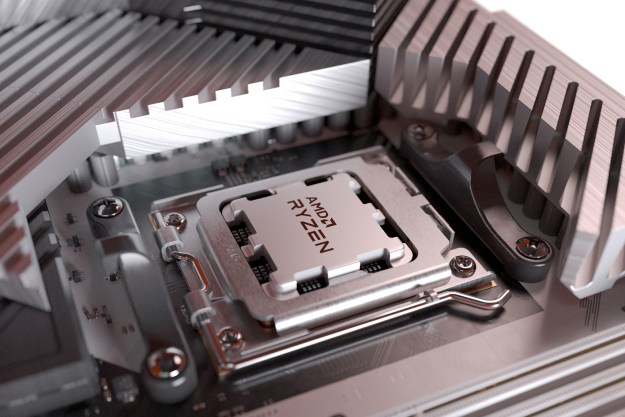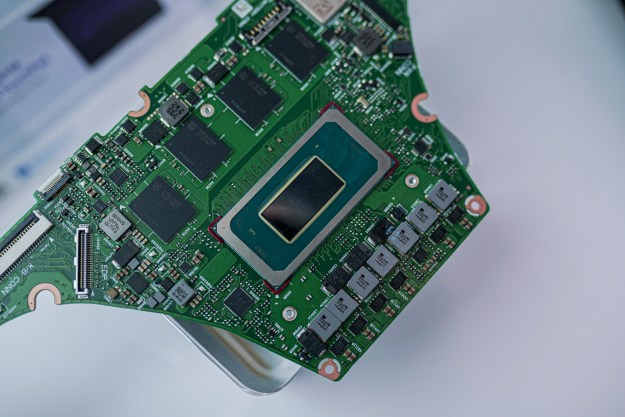Intel’s struggles with 10nm have been well-documented over the years, and recent reports have been adding fuel to the fire. German site Hardwareluxx reports that Intel may skip using its 10nm process node for desktop-bound CPUs and shoot for 7nm chips instead, targeting a 2022 release.
The tip stems from supposed trustworthy insiders claiming Intel can’t meet the mass market’s demand for 10nm desktop processors.
Since the publishing of this story, Intel has provided Digital Trends with the following statement to comment on the matter: “We continue to make great progress on 10nm, and our current roadmap of 10nm products includes desktop.”
The statement contradicts the supposed leaked roadmap, which showed that the 9th-gen Coffee Lake-S Refresh window ends during the third quarter of Intel’s corporate year for 2020. Intel’s 10th-gen Comet Lake-S then stretched from the second quarter of 2020 to the second quarter of 2021 (corporate year), while Rocket Lake-S began in the second quarter of 2021. Both Comet Lake-S and Rocket Lake-S are said to be based on Intel’s 14nm process.

Comet Lake-S could have up to 10 cores and 20 threads requiring a TDP of 35 to 125 watts. It will support DDR4 memory, Thunderbolt 3, USB 3.1 Gen 2 (10Gbps), 4K content and HDR, PCIe 3.0, Intel Optane, and more.
Little is known about the Rocket Lake-S family, though it would supposedly offer up to 10 cores as well. Speculation hints to Intel porting newer core technology to the Rocket Lake platform for increased performance.
Finally, the roadmap shows that the 7nm Meteor Lake-S would then follow after Rocket Lake-S. This would be the first desktop chip to use a new process node since Intel launched its Broadwell platform in 2015. This platform is said to be powered by Intel’s Ocean Cove core design currently in development, but it reportedly wouldn’t be available until 2022. This would have given Intel considerably more time to refine the process, but left AMD with a large lead in the high-end desktop space in the meantime.
Leaked roadmaps have been wrong in the past, and Intel’s official statement was pretty direct. We don’t know the details of Intel’s actual roadmap, but it seems as if 10nm desktop chips are still in the works.
It should be noted that Intel’s Ice Lake family for laptops already offers 10nm chips. These 10th-gen chips are shipping on devices available now, such as the Dell XPS 13 2-in-1 and Razer Blade Stealth. These new chips benefited from the inclusion of the new Iris Plus integrated graphics, which doubled the graphics performance over previous generations.
Updated on October 14 to include Intel’s official statement.
Editors' Recommendations
- It just became the perfect time to buy a last-gen Intel CPU
- The only Intel CPU you should buy is over a year old
- Everything we know about Lunar Lake, Intel’s big next-generation chips
- Intel just launched the ‘world’s fastest’ CPU
- Here’s a shocking reminder of just how far ahead Intel is in race with AMD


